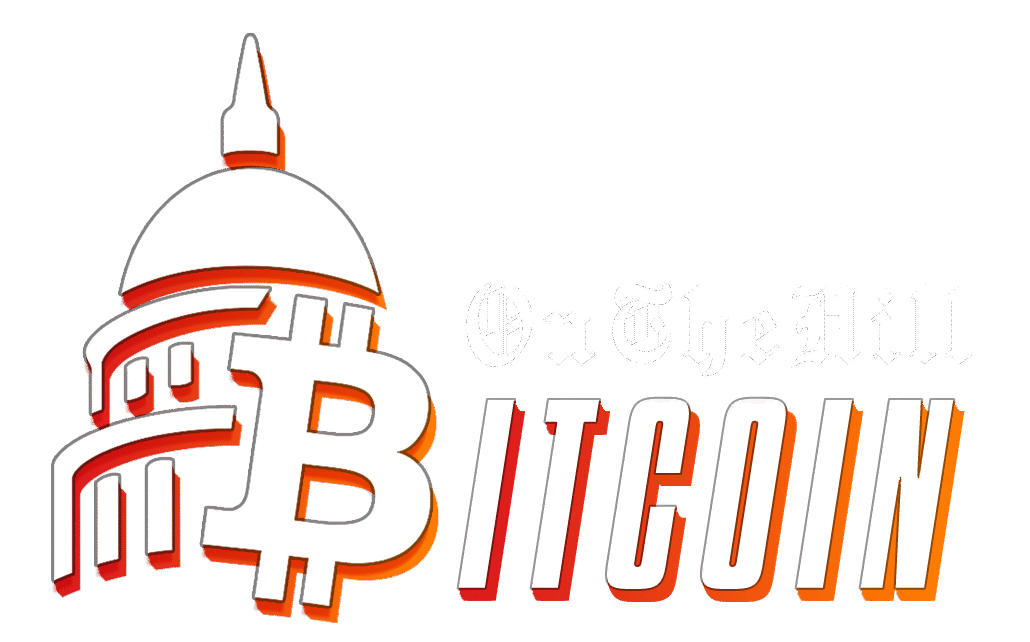What is a “Skinny” Fed Master Account and Why Does It Matter?
The buzz in financial circles right now? Fed Governor Chris Waller’s bold new proposal to shake up how payments work in America. Waller is floating the idea of a streamlined, or “skinny,” Federal Reserve master account—a move that could redefine how private companies interact with the central bank.
According to Linda Jeng of Digital Self Labs, this isn’t just a minor tweak. The proposal would allow the private sector to drive innovation in payment services while the Federal Reserve stays in the background as the rock-solid “settlement layer.” In other words, banks and fintechs could dream up new payment products, but the Fed would still make sure the money actually moves safely and efficiently behind the scenes.
Narrow Banking: Making a Comeback?
If Waller’s idea gains traction, it could breathe new life into the concept of “narrow banking.” In this model, banks operate with less risk, focusing primarily on holding deposits and settling payments rather than making risky loans or investments. Narrow banks have struggled to get a foothold in the U.S. thanks to regulatory hurdles and skepticism in Washington—but a “skinny” master account could change that.
By giving private entities access to a limited version of the Fed’s payment rails, the door would open for fintechs and even crypto companies to offer ultra-safe accounts that plug directly into the U.S. financial system. This could mean more competition, safer deposits, and faster innovation for consumers and businesses alike.
The Political Tug-of-War Behind the Scenes
Here’s where things get really interesting. The debate over who gets access to the Fed’s payment system isn’t just about tech—it’s deeply political. Granting more private sector access could disrupt the traditional balance of power between big banks, regulators, and new market entrants.
Some policymakers argue this move could level the playing field, giving smaller banks and startups a fighting chance against Wall Street giants. Others warn it might introduce new risks, especially if non-traditional firms (like crypto companies) get their foot in the door. This tension comes at a time when Congress and regulators like the SEC and CFTC are already wrestling with how to oversee digital assets and blockchain-based payments.
And don’t forget—the Treasury Department and Federal Reserve are also exploring the idea of a central bank digital currency (CBDC). A “skinny” master account could be a stepping stone to even bigger changes in America’s payment infrastructure, potentially shaping the future of both traditional banking and crypto.
What’s Next? Watch the Regulatory Chessboard
The fate of Waller’s proposal is now in the hands of policymakers, regulators, and lobbyists in Washington. Will they embrace a more open, innovative payments ecosystem, or stick with the status quo to protect established interests? As the debate heats up, expect plenty of lobbying, congressional hearings, and behind-the-scenes maneuvering.
For crypto enthusiasts, fintech founders, and political junkies alike, this is a front-row seat to how financial rules are made—and how they could transform the way we all move money in the digital age. Stay tuned for more updates as the Federal Reserve and its partners decide whether narrow banking is ready for its comeback.





